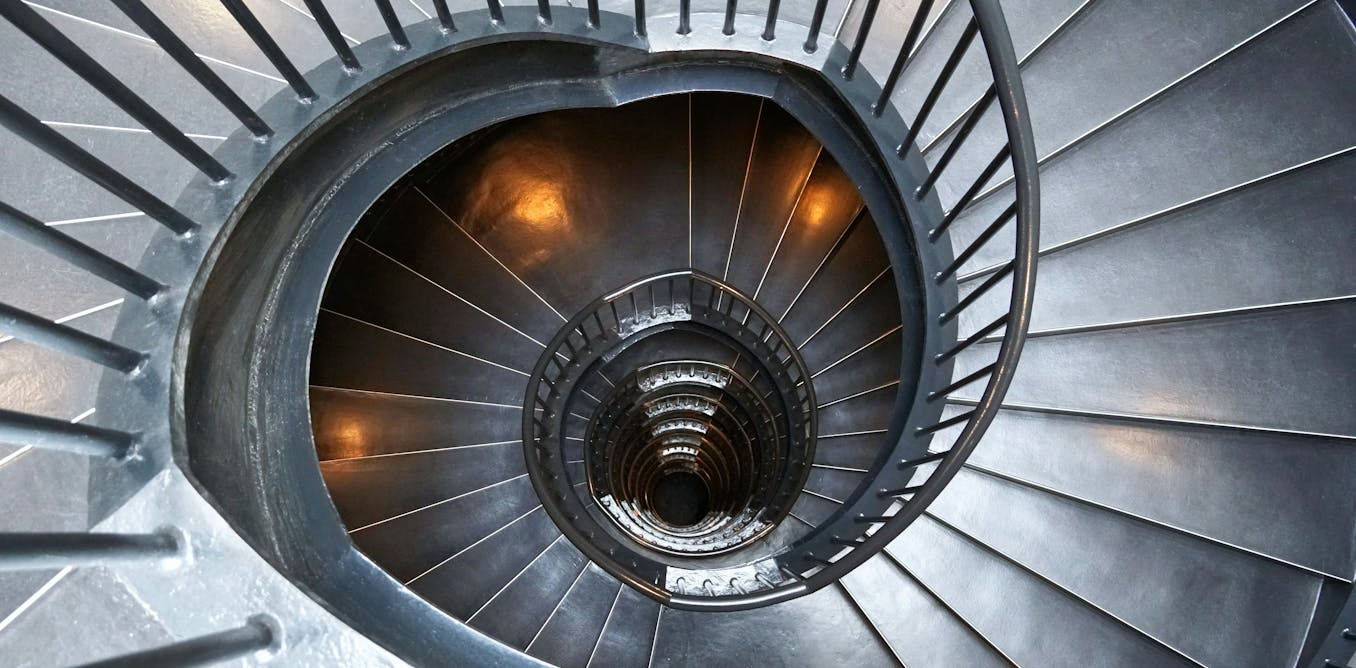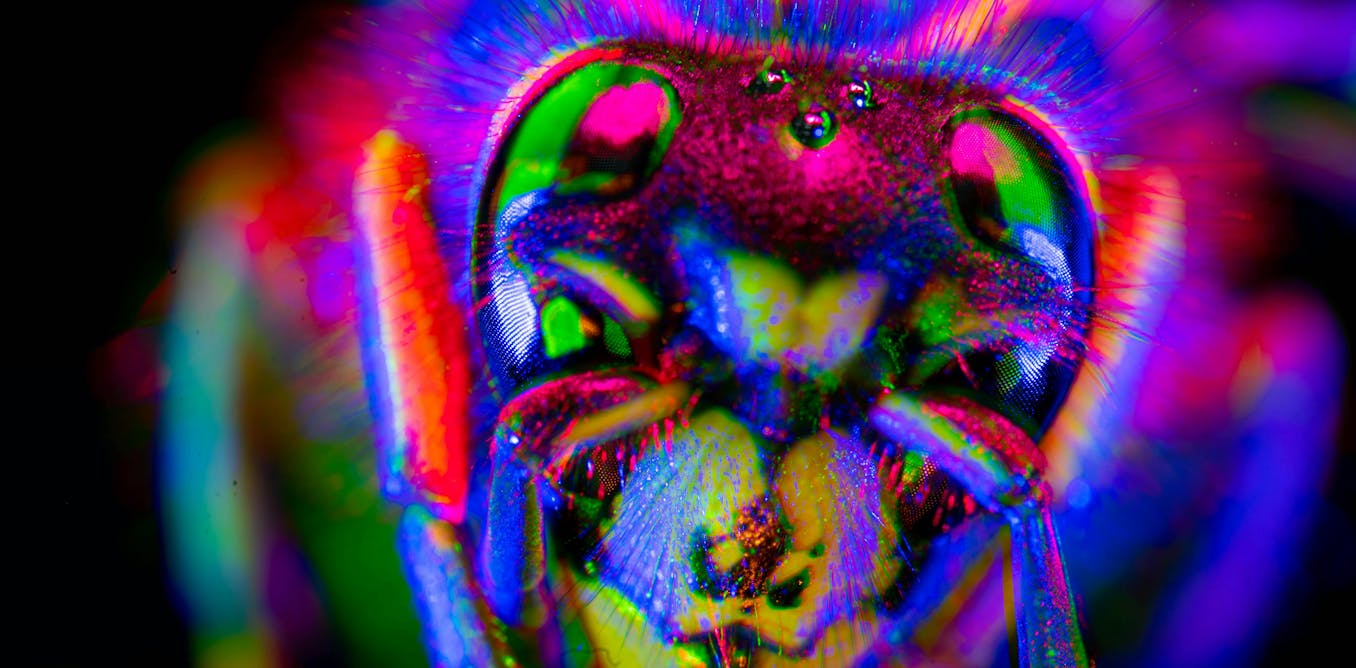A soft gel filled with tiny bubbles might not look like much. But when pulsed with ultrasound waves, the material behaves like natural muscle: contracting, gripping, and lifting with surprising strength.
The discovery, reported this week in Nature, introduces a new kind of artificial muscle—one powered not by wires, batteries, or pumps, but by sound.
The acoustic trick behind these “bubble muscles” opens the door to wireless control, quick responsiveness, and even deep-tissue operation. That could lead to soft robots that wriggle through tight spaces with lifelike agility, surgical tools that bend and flex inside the body, or gentle grippers that can manipulate fragile objects without breaking them.
“From a medical perspective, it’s really cool,” says Ryan Truby, a materials scientist at Northwestern University who was not involved in the research. “They’re using relatively simple approaches, but they’re integrating them in clever new ways.”
Challenges in Artificial Muscle Design
The robotics community has long struggled to design artificial muscles that rival the flexibility and suppleness of living tissue. Motors and hydraulics can deliver force but lack finesse and may pose safety risks inside the body, while soft actuators—driven by heat, air, or chemical reactions—tend to be bulky, inefficient, or too slow for practical use.
Daniel Ahmed, a nanoroboticist at ETH Zürich, took a different approach. Harnessing the power of acoustic resonance, he and his colleagues embedded thousands of microscopic bubbles into a soft, biocompatible gel, arranging the air sacs in lattice-like patterns so they leap into motion when struck by ultrasound.
 Different bubble sizes respond to different ultrasound frequencies, allowing control over which parts of the material bend.ETH Zürich/Nature
Different bubble sizes respond to different ultrasound frequencies, allowing control over which parts of the material bend.ETH Zürich/Nature
Adjusting both the ultrasound frequency and the size of the bubbles in their muscle-mimicking arrays enabled the researchers to direct the gel to flex, rotate, or deform—in effect, turning invisible vibrations into controllable motion. “By activating different sets of frequencies,” Ahmed says, “you can actually get programmable muscle.”
Bubble Muscles in Soft Robotics
Several prototype devices showcase the bubble muscles in action.
In one demonstration, the researchers fashioned a claw-like gripper that snapped shut around live zebrafish larvae without damaging the delicate animals. In another, they built a stingray-shaped soft robot whose fins, studded with tiny bubbles of three distinct sizes, undulated under ultrasound, propelling it smoothly through water—even within the stomach of a pig. (Not a living one, in case you wondered.)
Making the most of their pig tissue from the local abattoir, Ahmed’s team also showed how the material could grip. On the surface of a pig heart, for example, a patch of the bubble-patterned gel clung tightly and stayed in place for more than an hour while flexing in response to ultrasound.
 A bandage-sized patch sticks firmly to the outside of a pig heart.ETH Zürich/Nature
A bandage-sized patch sticks firmly to the outside of a pig heart.ETH Zürich/Nature
In another experiment, the researchers encased their artificial muscle material in a biodegradable capsule and inserted it into a pig bladder. Once the capsule dissolved, ultrasound activated the device, prompting it to unfurl and latch onto the inner tissue wall—a hint of how such systems might one day be used for targeted treatments inside the body.
“We can actually use our system as patches for delivering drugs,” says study co-author Zhan Shi, a former Ph.D. student in Ahmed’s lab now at Westlake University in Hangzhou, China. “That has really practical applications.”
Ultrasound Imaging in Biomedical Implants
One notable feature of the ultrasound-driven artificial muscle is that the microbubbles involved can be tracked with standard ultrasound imaging. And because the actuation frequencies (between 1 and 100 kilohertz) are far below those used for clinical imaging (between 1 and 20 megahertz), the two functions don’t interfere.
As yet, however, all the proof-of-concept demonstrations have been trialed on dead tissues, and it remains to be seen how well the system performs inside a living rat or pig, much less in a human body—especially as bones and other irregular tissues may scatter and weaken the ultrasound signal, or fluids flowing inside the body might interfere with controlled movement.
“You can’t tell if this is really working or not without in vivo evidence,” says W. Hong Yeo, a bioengineer at Georgia Tech who was not involved in the study. The system is also constrained by the fact that prolonged actuation causes the bubbles to expand, destabilizing their function after around half an hour.
Nonetheless, Yeo points to their tiny scale and rapid responsiveness as features that could make the bubble muscles especially attractive for biomedical implants. “That catches my eye,” he says. “It’s very unique and it makes sense.”

The post “Ultrasound Makes Artificial Muscles Bubble to Life” by Elie Dolgin was published on 10/29/2025 by spectrum.ieee.org












-1.jpg)











